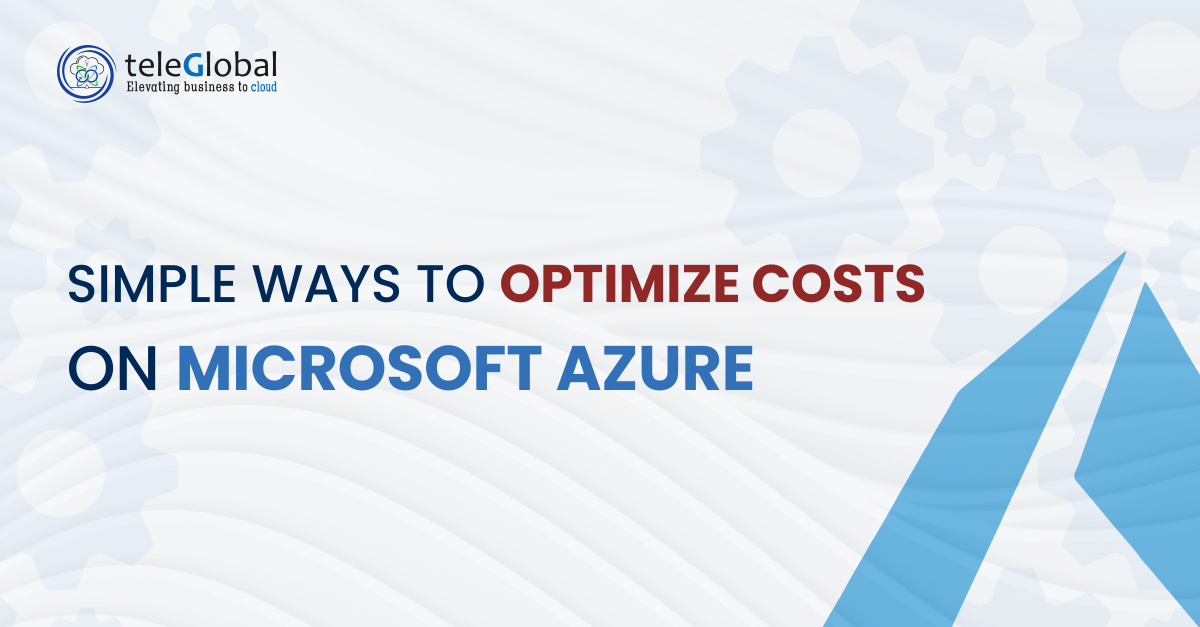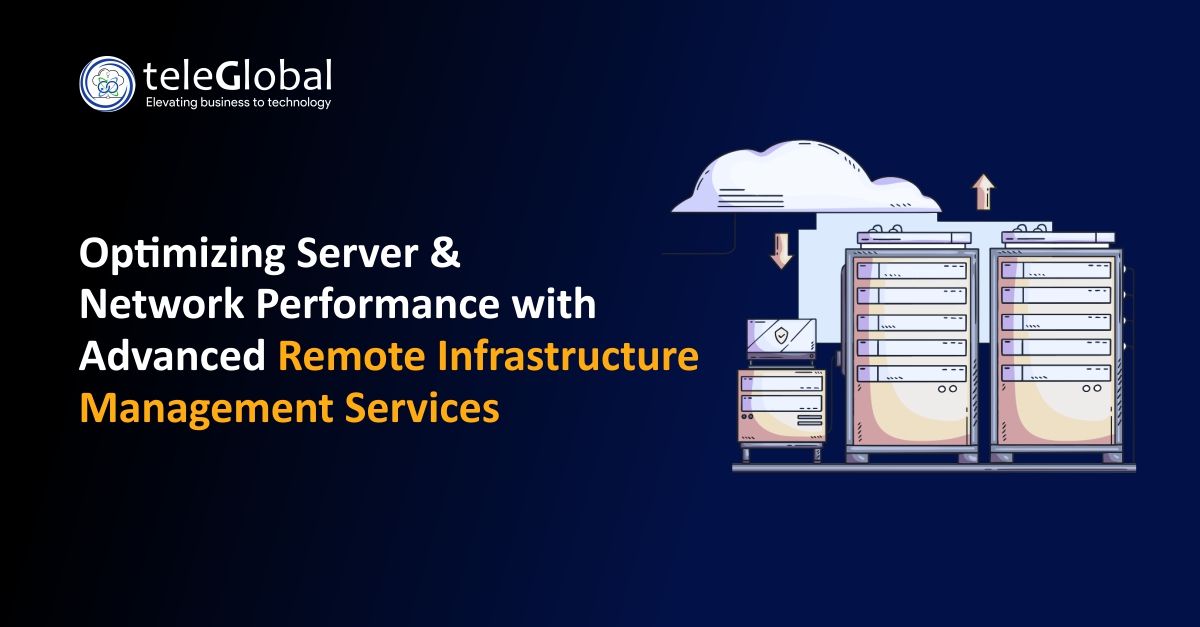
As cloud environments get more and more evolved with newer technologies, they also get more complex, and if users are not knowledgeable and watchful their cloud costs are bound to rise.
Engaging an Azure Cloud Consulting Service can help you optimize your costs and realize substantial savings. And it’s there for the taking. The Azure cost optimization tool, for instance, is baked into the Azure portal, and with a little help organizations with workloads on the Azure cloud can use it to collect and analyze data. Azure managed service providers can help you leverage other
Azure tools for cost optimization and planning, such as Azure Advisor, Cloudyn, Azure Budgets, Cost Analysis, and Cost Calculator.
These tools can help your organization track resource usage and spending on Azure and draw apples-to-apples comparisons with other cloud environments. Teleglobal’s Azure Managed Services team, with the help of Azure cost optimization tools, recently helped a leading financial services company save over US$78000 annually by migrating non-reserved instances to reserved VM instances.
Virtual Machine ResizingVM resizing should be your first step in your cost-optimization plan. Azure provides numerous options for virtual machines (VMs) that organizations can choose from to do this. Since storage capacity and computing power are two major aspects that influence the cost of VMs, the default action to optimize VM costs is to operate VMs at their full capacity. This is not as complicated as it sounds, because even though VM utilization fluctuates almost continuously, by expending a little effort in by checking their Azure monitor metrics, organizations can analyze their usage pattern and adjust VMs accordingly.
Identifying and Scrapping Unused DisksAzure does not remove virtual disks, even it the VM has been deleted. This means that these disks continue to run, pushing up costs until such time as the organization identifies them and removes them permanently. The Portal Disk Screen allows users to view all their active managed virtual disks. If the organization has unmanaged disks in Azure that are not linked to any VM, the organization simply has to follow the provided set of instructions to run a script and delete such disks.
Moving Workloads to ContainersEvery Azure Cloud Consultant can attest to the popularity of virtual machines as computing options. But they are not the only ones, or, indeed the best-fit ones for some cases. Containers, for instance, are significantly lighter than VMs, are easier to operate, and have a lower footprint, which makes them fiscally attractive too. In fact, transitioning from VMs to containers is one of the key aspects that we, Teleglobal, as an Azure Cloud Partner, highly recommend to most organizations. Containers are also easier to orchestrate on Azure through their managed container hosting platform, Azure Kubernetes Service (AKS). AKS offers several features that organizations can use to combine different tasks in fewer servers. These features include active directory integration, role-based access control, (wizard-based) resource management, built-in monitoring, and one-click updates.
Picking the Best Pricing OptionAzure charges vary as per the duration of resource usage. Subscribing to services for a longer duration, e.g. 1-3 years, can drive down the cost of resources significantly—by perhaps 50%. Thus selecting the right pricing option is as important as selecting required resources. Moving less frequently accessed or less sensitive data to lower-cost tiers can help organizations save more. This can be automated too: by automating storage tiering so redundant data is transitioned to a lower-cost tier, without human intervention.
Shifting Workloads to ServerlessThere is no doubt that serverless computing has completely changed the IT landscape for certain workloads. And as the need for hassle-free management of IT resources increases, organizations would do well to turn to Azure serverless options that allow them to run code as functions. This does away with the complete server provision-manage-pay hassle. Abstracting away the server has ‘virtually’ eliminated the need for server allocation or management. Serverless computing has thus become one of the winning solutions to establishing an effective Azure cost optimization practice. With serverless, you only spend on resources you actually use, avoiding the cost of reserving and renting VMs.
Leveraging Azure Cost Management PlatformThe final step to save on your Azure Cloud bills is the adoption of the Cloud Management Platform (CMP). This is a streamlined way to review your Azure subscriptions and optimize costs through useful recommendations that the platform provides. CMP helps organizations effect cost savings by digging deep into their subscriptions and providing beneficial solutions to reduce application footprints.
In ClosingThe above six measures are the most fundamental that every organization can, and should take to optimize their cloud spends. From matching VM to requirements to scrapping unused disks to moving workloads to such cost-effective options as containers and serverless, to leveraging the many tools that Azure provides, such as its Cloud Management Platform, there’s a lot that you can do to monitor your cloud instances and workloads on PaaS and IaaS environments, en route to ultimately developing an effective cloud cost optimization strategy that works for you.







































